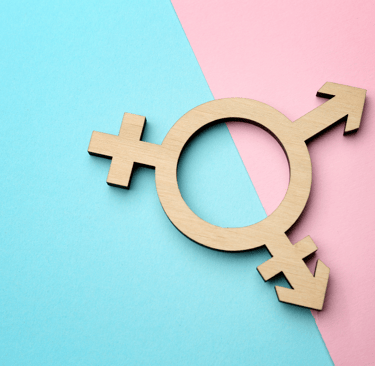Differences in Pornography Consumption: Women with Addiction vs Men
Discover the variations in the types of pornography consumed by women with addiction as opposed to men. Explore the contrasting preferences and patterns between genders.


The Differences in Types of Pornography Consumed by Women with Addiction Compared to Men
When it comes to discussing pornography consumption, it is important to consider that individuals have diverse preferences and interests. While it is not accurate or fair to generalize the consumption habits of all women or all men, there are some patterns that have been observed in research regarding the types of pornography consumed by women with addiction compared to men. It is crucial to approach this topic with sensitivity and to recognize that individual experiences may vary greatly.
Understanding Pornography Addiction
Before delving into the differences in pornography consumption between women and men with addiction, it is important to understand what pornography addiction entails. Pornography addiction, also known as compulsive sexual behavior disorder, is characterized by an individual's inability to control their sexual behaviors, leading to negative consequences in various areas of their life.
It is essential to note that addiction to pornography can affect individuals of all genders. However, research suggests that men may be more likely to develop addiction to pornography compared to women. This could be due to various factors, including societal norms, cultural expectations, and biological differences.
Differences in Types of Pornography Consumed
While there is limited research specifically comparing the types of pornography consumed by women with addiction to men, some studies have shed light on potential differences. It is important to remember that these findings may not apply to every individual and should be interpreted with caution.
1. Themes and Scenarios: Research suggests that women with addiction may be more likely to consume pornography that includes emotional connection, intimacy, and romantic scenarios. This could be attributed to women's tendency to seek emotional connection and relational aspects in their sexual experiences. On the other hand, men with addiction may be more inclined towards explicit and visually stimulating content.
2. Gender Dynamics: Women with addiction may show a preference for pornography that portrays consensual and egalitarian sexual encounters. They may seek content that emphasizes mutual pleasure, respect, and communication between partners. Men with addiction, on the other hand, may gravitate towards content that depicts power dynamics, dominance, and submission.
3. Body Types and Appearance: Research indicates that women with addiction may be more likely to consume pornography featuring a diverse range of body types and appearances. They may be drawn to content that promotes body positivity and inclusivity. Men with addiction, on the other hand, may exhibit a preference for pornography that showcases conventional beauty standards and idealized physical attributes.
The Importance of Individual Differences
While the aforementioned differences in the types of pornography consumed by women with addiction compared to men provide some insight, it is crucial to remember that individual preferences and experiences vary greatly. Not all women or men with addiction will fit into these generalizations, and it is essential to approach each person's unique circumstances with empathy and understanding.
Factors such as personal history, cultural background, and individual preferences play significant roles in shaping an individual's pornography consumption habits. It is important not to make assumptions or judgments based on gender alone, as this oversimplifies the complex nature of human sexuality and individual experiences.
Conclusion
While there may be some differences in the types of pornography consumed by women with addiction compared to men, it is crucial to approach this topic with sensitivity and recognize the individuality of each person's preferences and experiences. Generalizations should be avoided, and understanding should be fostered through open and non-judgmental conversations.
It is important to remember that addiction to pornography can affect individuals of all genders, and seeking help and support should be encouraged for anyone experiencing negative consequences as a result of their consumption habits. Empathy, education, and open dialogue can help create a more inclusive and supportive environment for individuals struggling with pornography addiction.


